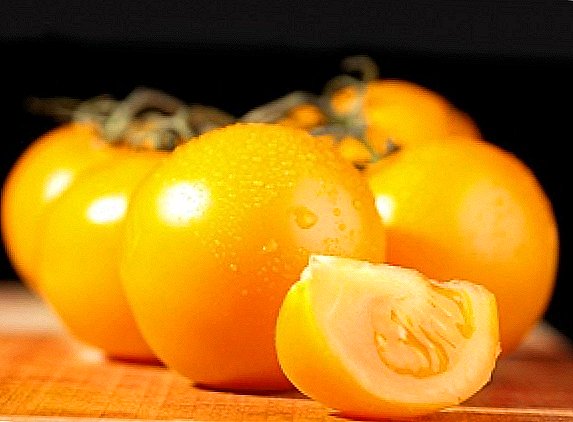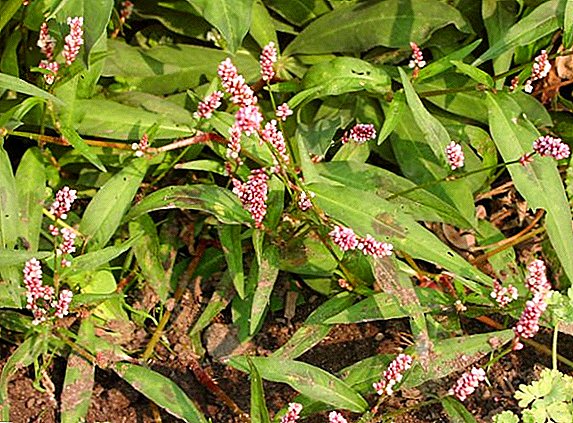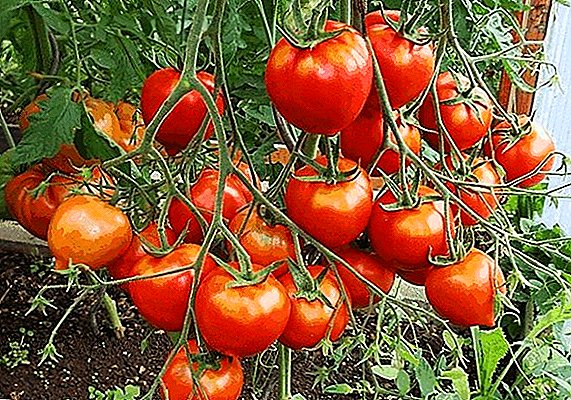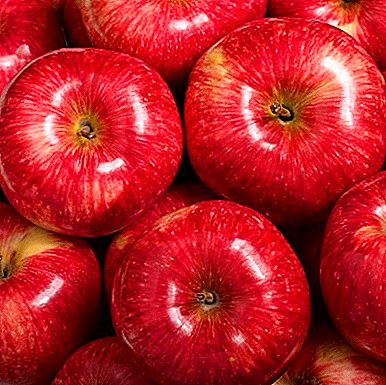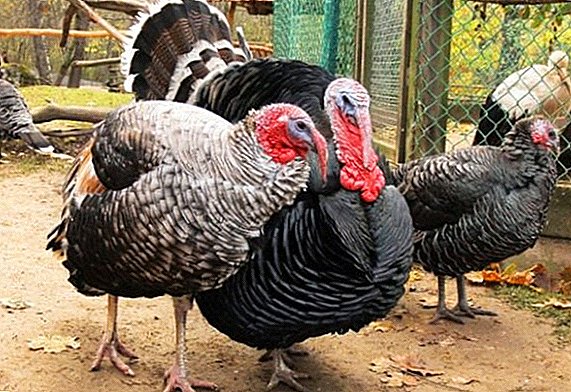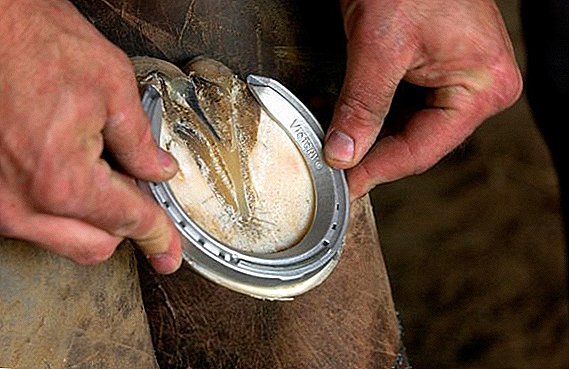 Sparaxis is an original flower that will be a wonderful decoration of your garden. Thanks to bright colors, it harmoniously looks with other plants, creating a unique composition. Today we will talk about popular types of sparaxis and how to grow it.
Sparaxis is an original flower that will be a wonderful decoration of your garden. Thanks to bright colors, it harmoniously looks with other plants, creating a unique composition. Today we will talk about popular types of sparaxis and how to grow it.
Botanical characteristic
The flower belongs to the iris family. The plant has a deciduous form and a bulbous root system. Differs fleshy and resilient stems.
It can grow up to 1 meter, and the top is often represented by an inflorescence resembling a spikelet about 20 cm high. The foliage of the plant has a slightly elongated shape, similar to a ribbon, and is colored in a saturated green color.
The Iris family also includes such plants as montbrecia, gladiolus, tigridia, iris, babian, crocus, freesia.
In late spring and early summer, bright little flowers appear on the plant, the core of which has contrasting shades - burgundy, yellow, purple. In addition, the brightness and petals stand out. Sometimes there are white, red, pink, maroon, purple flowers.  Certain varieties have streaks of a different color on the petals. Depending on what type of plant you meet, it may have a funnel-shaped flower or completely open. The diameter of the flower together with the petals can reach 5 cm. In the center there are a pistil and 3 twisted stamens.
Certain varieties have streaks of a different color on the petals. Depending on what type of plant you meet, it may have a funnel-shaped flower or completely open. The diameter of the flower together with the petals can reach 5 cm. In the center there are a pistil and 3 twisted stamens.
Did you know? Translated from Greek, whence the name of the plant originated, sparaxis means "splitting the ends of the bracts".
Popular species and varieties
The genus does not have a large variety of representatives. It includes 6 varieties and about 20 varieties.
Sparaxis tricolor - A fairly common species with sword-shaped stems up to half a meter high. Inflorescences are represented by flowers with a purple, red, white or yellow color. The core must have a contrasting shade, between it and the edge there is a dark ring (usually black or dark brown).  Based on this type, the following varieties were selected:
Based on this type, the following varieties were selected:
- "Bilbifera" - has a high inflorescence, having yellow or white flowers;
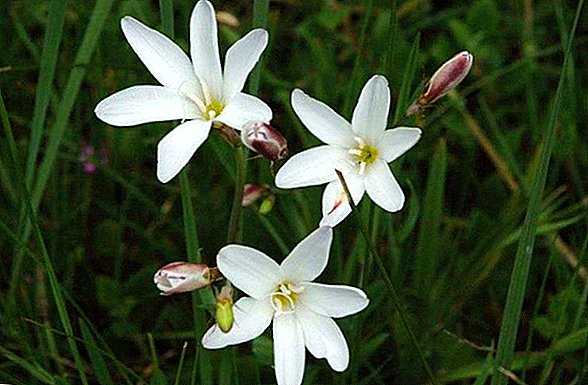
- "Lord of Fire" - has scarlet petals and a black center;
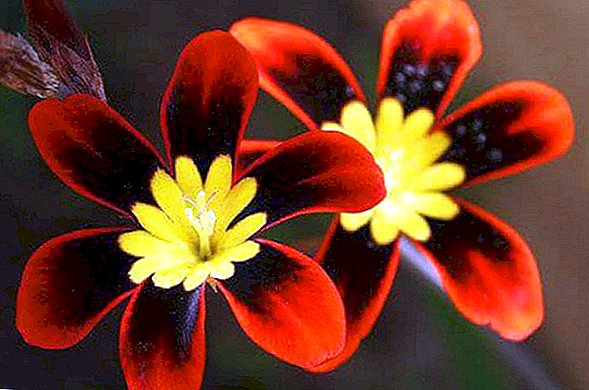
- "Stunted mix" - possesses strong stems on which yellow, red and white flowers are located;
- Grandiflora - treats the tall plants having the bright inflorescences located against the background of green leaves. Flowers can be purple, white, yellow or lilac. This variety has a strong pleasant aroma;
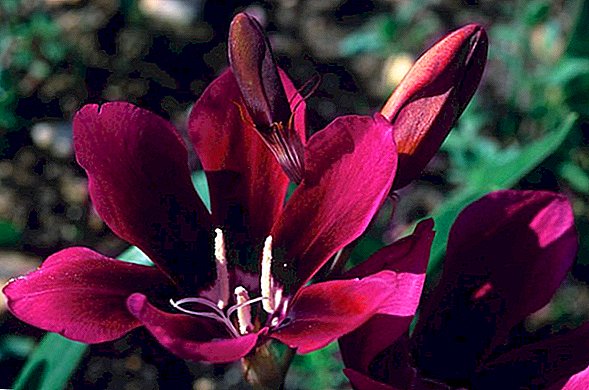
- "Striped" - it is distinguished by bright orange petals that look interesting with a yellow core;
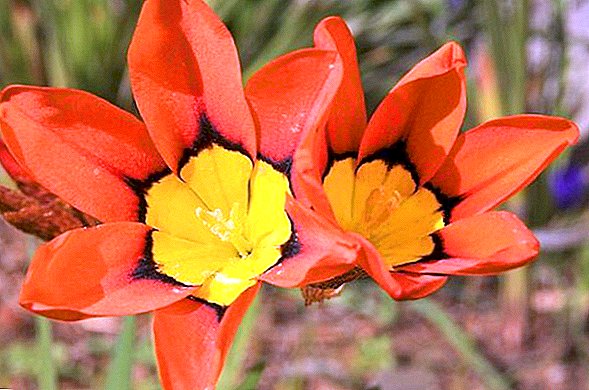
- "Elegant" - reaches a height of 15 cm, has orange and yellow flowers.
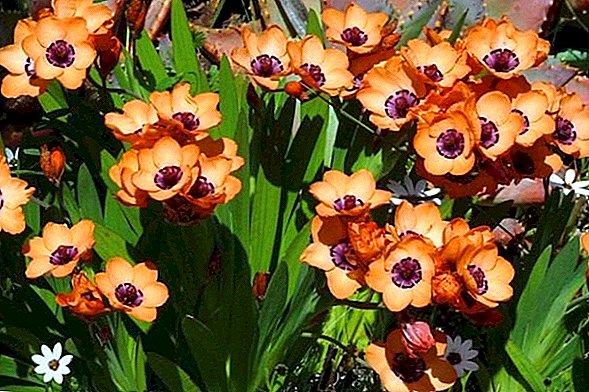
- Another view - Sparaxis Superba. It is of short stature - up to 35 cm. The inflorescence contains about 7 buds that look like asterisks. When a bud opens, its diameter does not exceed 5 cm. It has a black or yellow core, which harmoniously looks with purple, orange and white petals.
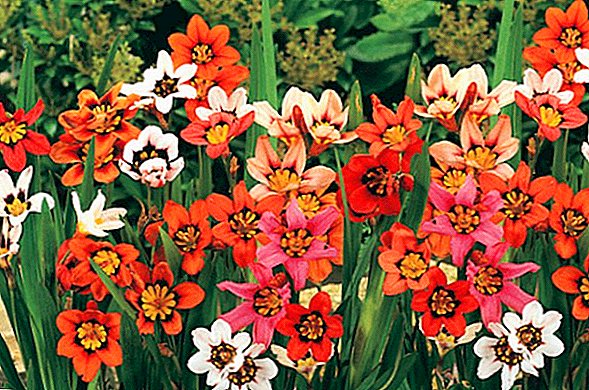
Breeding
There are two ways of plant reproduction: bulbs and seeds. Consider each one of them.
Bulbs
In the autumn, when the flowering period ends, the bulbs grow well and can be divided. You must carefully dig them up so as not to damage the roots. It’s worth keeping them indoors, with the air temperature at least +9 ° С.
The bulbs also propagate such garden flowers as the autumn crocus, snowdrop, gladiolus, lily, grouse Russian, narcissus, tulip, licoris, Ixia, candyk, allium, zephyranthes, chionodox and dahlia.
In order to preserve the viability of the bulbs, it is recommended to impose them with sawdust - this will extend their ability to germinate up to 3 years. Planting tubers carried out in early autumn, for this prepare pots of 2-3 liters.  As the soil is chosen loam, which add organic matter and sand. In one pot should not be placed more than 4 bulbs. You can arrange the tank on the windowsill, performing abundant watering. Indoors should not be drafts.
As the soil is chosen loam, which add organic matter and sand. In one pot should not be placed more than 4 bulbs. You can arrange the tank on the windowsill, performing abundant watering. Indoors should not be drafts.
Important! To accelerate the onset of the flowering period, it is necessary every day for 6 hours to highlight the plant with a special lamp. If this is not done, flowering may be delayed for several months.
Seeds
For sowing seeds, it is worth choosing a warm room (it is undesirable in open bending) and wide containers 8–10 cm high. They are sown according to a 2x2 cm scheme, and after the sprouts grow to 8 cm, they land in pots and leave in a lit place.
In order for the plant to bloom, in winter the temperature in the room should be at + 15 ... +20 C. When planting, keep in mind that flowering will be only in the second year. 
Landing
For planting, it is worthwhile to choose sunny areas located far from plants and other objects that could create a shadow. The soil should be loamy, rich in humus. Bulbs of stunted varieties should be placed at a distance of 4 cm from each other, tall - at a distance of 10 cm.
The soil in which the bulb will be planted must be mulched - mix it with dry foliage, as the plant may die in the winter. With the advent of spring, this layer is removed, thereby facilitating the germination of the bulbs. It is very important to cover the flower from strong winds and provide good lighting - it will not bloom in the shade.
In temperate climates, landings are carried out at the end of March, in the southern regions - in the fall. If planting is planned in places with a cold climate, it should be carried out only on condition of establishment of stable warm weather, the soil should also be well heated. To achieve regular flowering, it is recommended to grow flowers in the greenhouse. 
Care
Since the plant comes from hot countries, for its normal growth, it is important to create conditions as close as possible to tropical ones. Drought for the plant is deadly, so it is very important to provide him with regular hydration and watering. In the dry spring, it should be carried out frequently and abundantly.
Important! In the absence of peat in the ground, the flower grows very slowly, does not bloom and may die.
It is quite simple to determine the need of a flower in moisture - there will be no buds on it, there will be few leaves, and they will turn yellow. Sparaxis needs high humidity, so you should sprinkle it 3-4 times a week.
It is recommended to do this in the morning and evening and to use separated water. Damaged or dried flowers and leaves should be removed if necessary. Fertilizers for bulbous plants should be made 1 time in 3-4 weeks, in the autumn period the flower does not need any additional feeding.  After the plant stops blooming and the foliage fades, you need to prepare it for the winter, covering it with peat or fallen leaves.
After the plant stops blooming and the foliage fades, you need to prepare it for the winter, covering it with peat or fallen leaves.
Perennial plants such as Scethosol, forest forget-me-not, Carpenterium, Agapanthus, Mellepikestnik, Chionodox, Trillium, Hibiscus, Garden Geranium, Astrantia, Cosme, Liver, Penstemon, Rudbeckia, Lupine, Crested Chickens, Nemesia and Gazania will also fill your garden.
Diseases and pests
The plant has resistance to pests and diseases.
However, in some cases the following situations may occur:
- prolonged cold weather and too abundant daily watering lead to decay of the root system. In this case, the salvation of the flower is almost impossible. To prevent this, it is necessary to drainage during planting;
- lesion with chlorosis - in this case, sparaxis should be treated with iron chelate.

Did you know? In Greece, sparaxis is considered a flower of joy and sun, so in order to attract happiness to your home, it is customary to plant as many of these plants in the yard as possible.
Sparaxis - a beautiful, bright plant that will decorate any site. No wonder it is actively used to create landscape compositions. Observing simple recommendations, everyone can easily grow this unusual flower.
Reviews from the network











